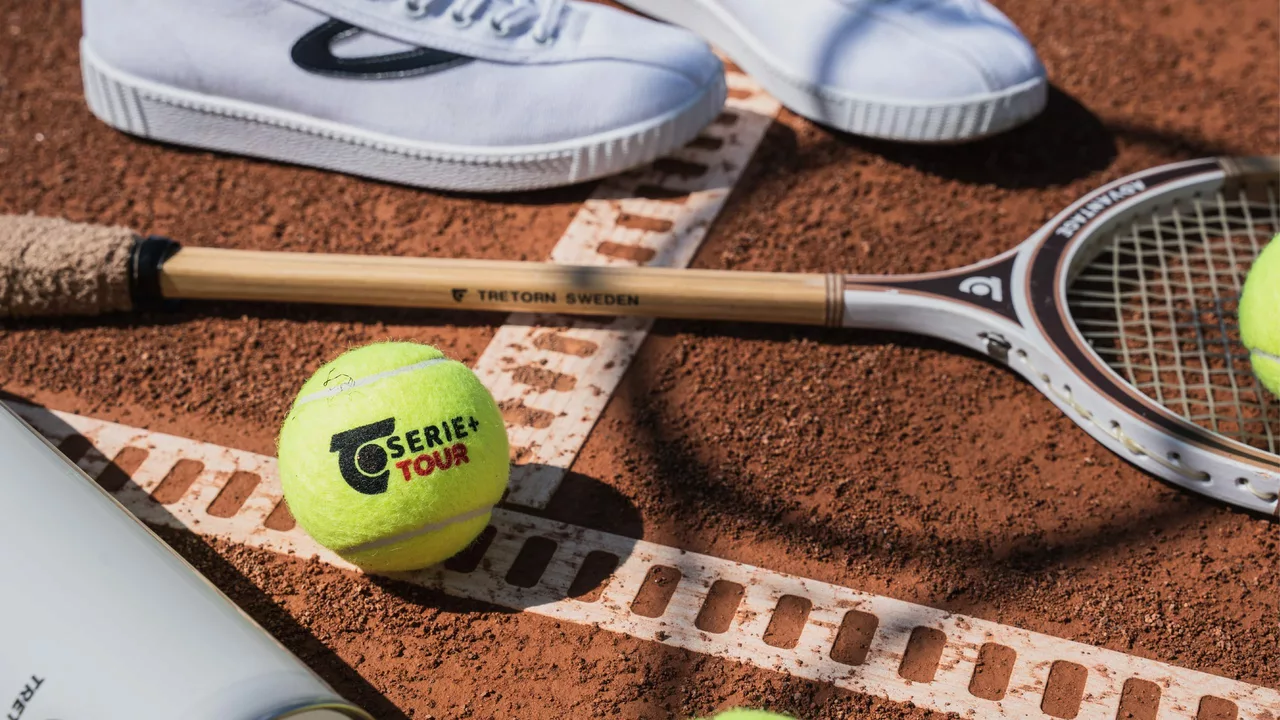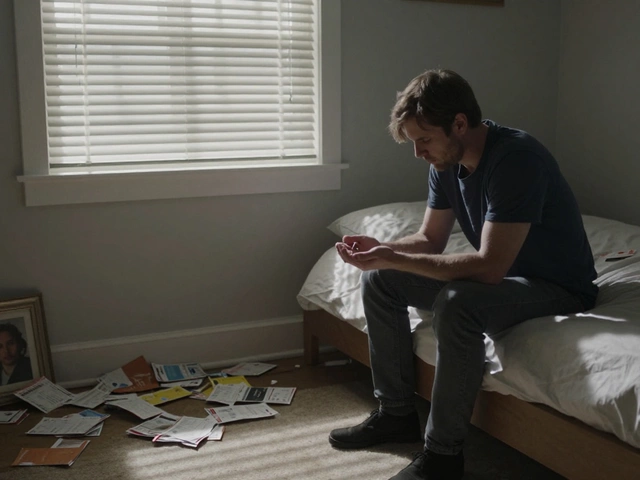Usable Life in Tennis – What Stays Strong and What Needs Care
When talking about Usable Life, the length of time a tennis product, skill, or body stays effective before it needs replacement or major upkeep. Also known as service life, it matters to anyone who wants to keep playing, coaching, or simply enjoying the sport without constant spending.
One of the biggest pieces of equipment that defines a player’s usable life is the tennis racket, the primary tool used to hit the ball, made of materials that wear over time. Whether you swing a wooden classic or a modern composite, the racket’s frame, grip, and strings each have their own lifespan. A string that loses tension after a few weeks will sap power and control, shortening the effective period of the racket. Knowing when to re‑string, replace the grip, or upgrade the frame lets you stretch the racket’s usable life and keep performance steady.
Another pillar of longevity is physiotherapy, targeted treatments that keep muscles, joints, and tendons ready for sport. Players who ignore elbow, shoulder, or knee strain often see a rapid drop in usable life on the court. A simple physiotherapy routine—stretching, strength work, and occasional massage—can turn a potential injury into a minor blip. The result? You stay match‑fit longer, and the wear on your gear slows down because you’re not compensating with awkward strokes.
Key Factors That Shape Usable Life
First, maintenance plays a direct role. Rackets need regular string checks; grips should be swapped when they feel slick; shoes require sole inspection. Skipping these steps forces you to play with sub‑optimal gear, which can cause bad habits and faster wear. Second, usage patterns matter. A player who hits three times a week on hard courts will see faster frame fatigue than someone who practices on softer surfaces. Adjusting court choice or mixing in low‑impact drills can spread the stress and extend the period before a replacement is needed.
Third, personal health drives usable life. Physiotherapy isn’t just rehab; it’s prevention. Regular assessments catch tiny imbalances before they turn into tennis elbow or rotator‑cuff tears. When your body stays resilient, you maintain a high‑level game longer, meaning you don’t need to lower the intensity of your equipment or settle for less demanding play.
Fourth, coaching influences how long skills stay sharp. A good coach teaches efficient technique, reducing unnecessary strain on the arm and wrist. Over‑gripping or using a continental grip incorrectly can wear out strings faster and increase injury risk. Coaching that emphasizes smooth, fluid strokes helps both the player’s body and the racket stay in peak condition for more months.
Finally, environmental factors cannot be ignored. Humidity, temperature, and storage conditions affect racket frames and string tension. Keeping gear in a climate‑controlled bag, away from direct sunlight, preserves the materials and delays degradation.
All these elements—maintenance, usage, health, coaching, and environment—are interlinked. For example, a player who follows a physiotherapy plan will likely need fewer aggressive swings, which in turn reduces string breakage. That same player, guided by a coach who stresses proper footwork, will move more efficiently, decreasing the impact on shoes and court surface. In short, each factor feeds into the others, creating a web that determines how long you can enjoy the sport without costly replacements.
Understanding this web helps you make smarter choices. If you’re buying a new racket, look for models with durable frame technology and replaceable grip. Pair that purchase with a stringing schedule—every 8‑10 weeks for frequent players. Add a weekly physiotherapy routine that targets the elbow and shoulder, and schedule a session with a coach every few months to fine‑tune technique. By aligning maintenance, health, and training, you maximize usable life across the board.
Below you’ll find a curated list of posts that dive deeper into each of these topics. From the science behind racket string tension to real‑world physiotherapy tips for tennis elbow, the articles give you actionable steps to keep your gear and body performing at their best. Explore the collection to see how you can extend the usable life of everything that matters on the court.


